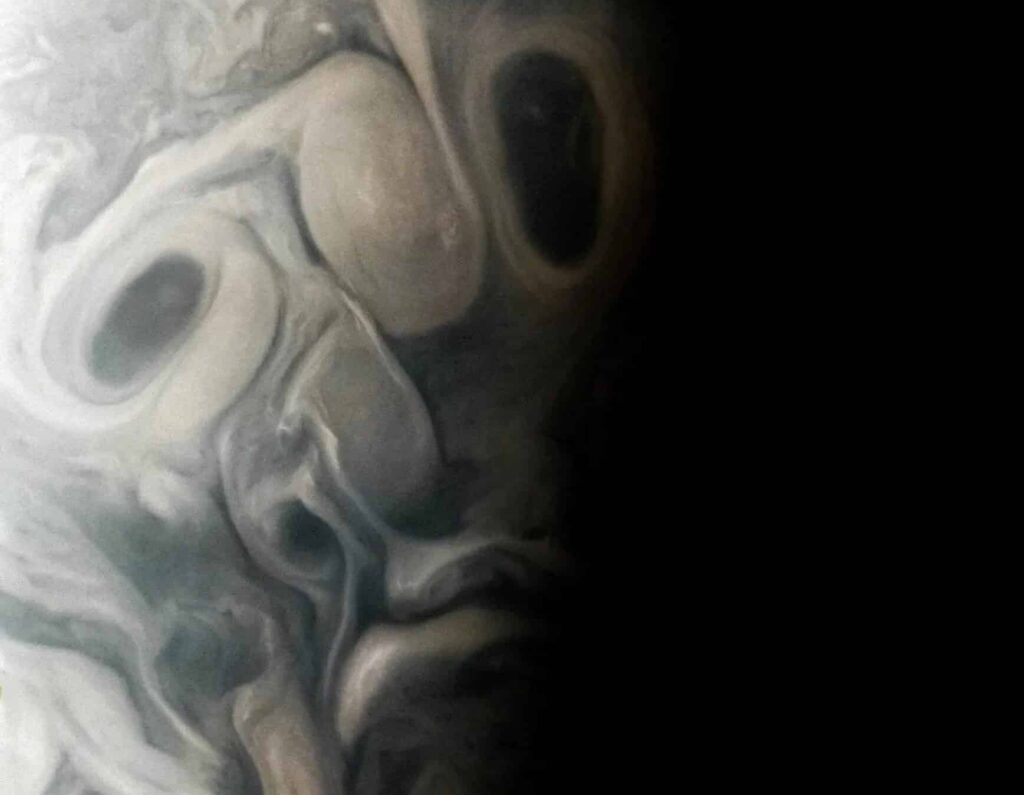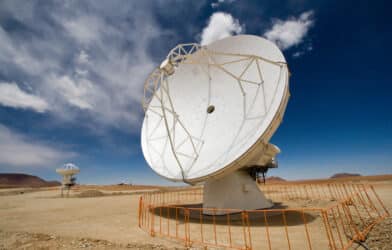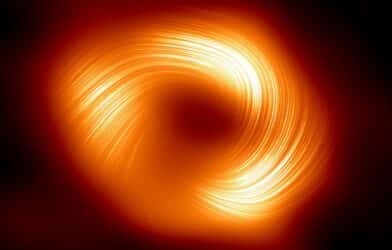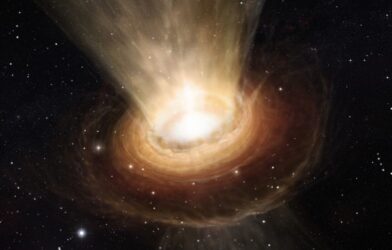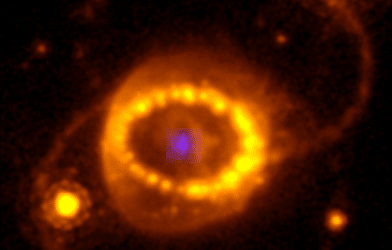Man On The Moon, meet Face On Jupiter! NASA’s Juno spacecraft captured a haunting image of a swirling cloud formation on Jupiter. The photo, taken during Juno’s 54th close flyby of the gas giant, shows turbulent clouds and storms along the planet’s terminator, the dividing line between the day and night sides. The low angle of sunlight highlights the complex topography of the clouds in this region, creating the illusion of a ghostly face.
The creepy effect, known as pareidolia, is a common psychological phenomenon that causes people to see recognizable patterns in random or ambiguous data. Pareidolia is thought to be an evolutionary trait that helped our ancestors to identify potential threats and opportunities in their environment.
Citizen scientist Vladimir Tarasov processed the raw image from JunoCam, Juno’s public engagement camera, to create the final image. The spacecraft was about 4,800 miles (7,700 kilometers) above Jupiter’s cloud tops at the time the photo was taken.
The “Face of Jupiter” appears in the planet’s far northern regions, known as Jet N7, a narrow band of high-speed winds that flows from west to east in Jupiter’s northern hemisphere. It is one of many jets that encircle the planet, and it is thought to play a role in shaping Jupiter’s cloud patterns and climate.
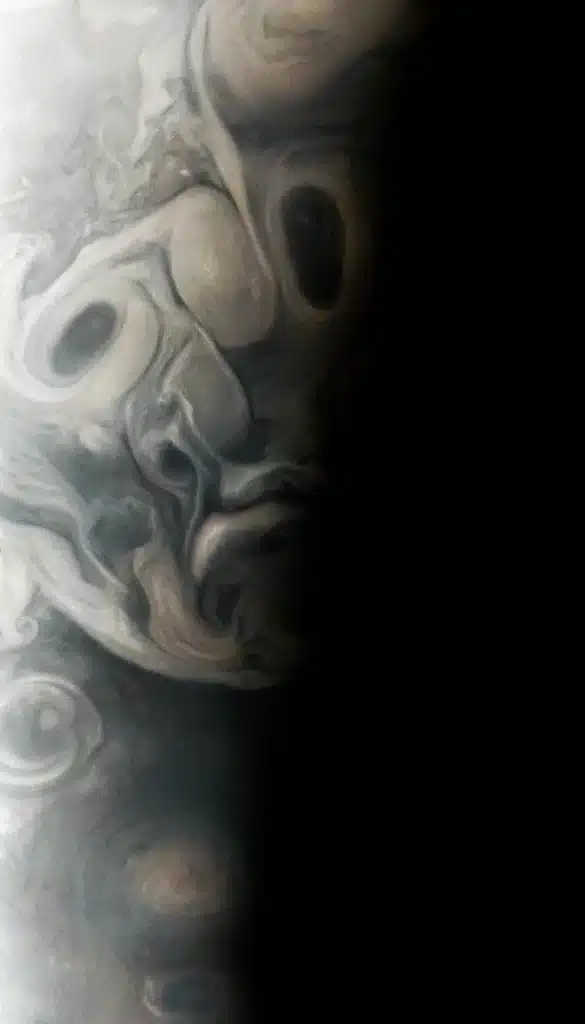
While the image may appear eerie, it is also incredibly valuable to scientists. The data collected by JunoCam is helping scientists to better understand the processes that drive Jupiter’s dynamic atmosphere. For example, scientists have used JunoCam images to study the formation and evolution of Jupiter’s Great Red Spot, a massive storm that has been raging on the planet for centuries.
As mentioned, the terminator is the dividing line between the day and night sides of a planet. On Earth, the terminator is what causes sunrise and sunset. On Jupiter, the terminator is much more dynamic, due to the planet’s rapid rotation and strong magnetic field.
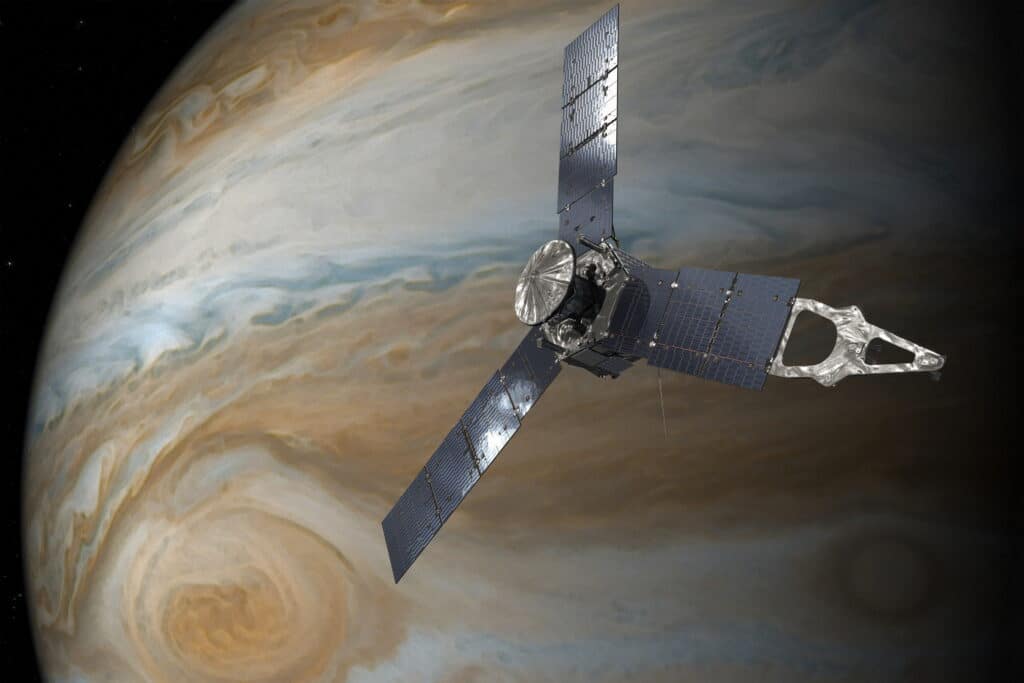
JunoCam’s raw images are available for the public to peruse and process into image products.
